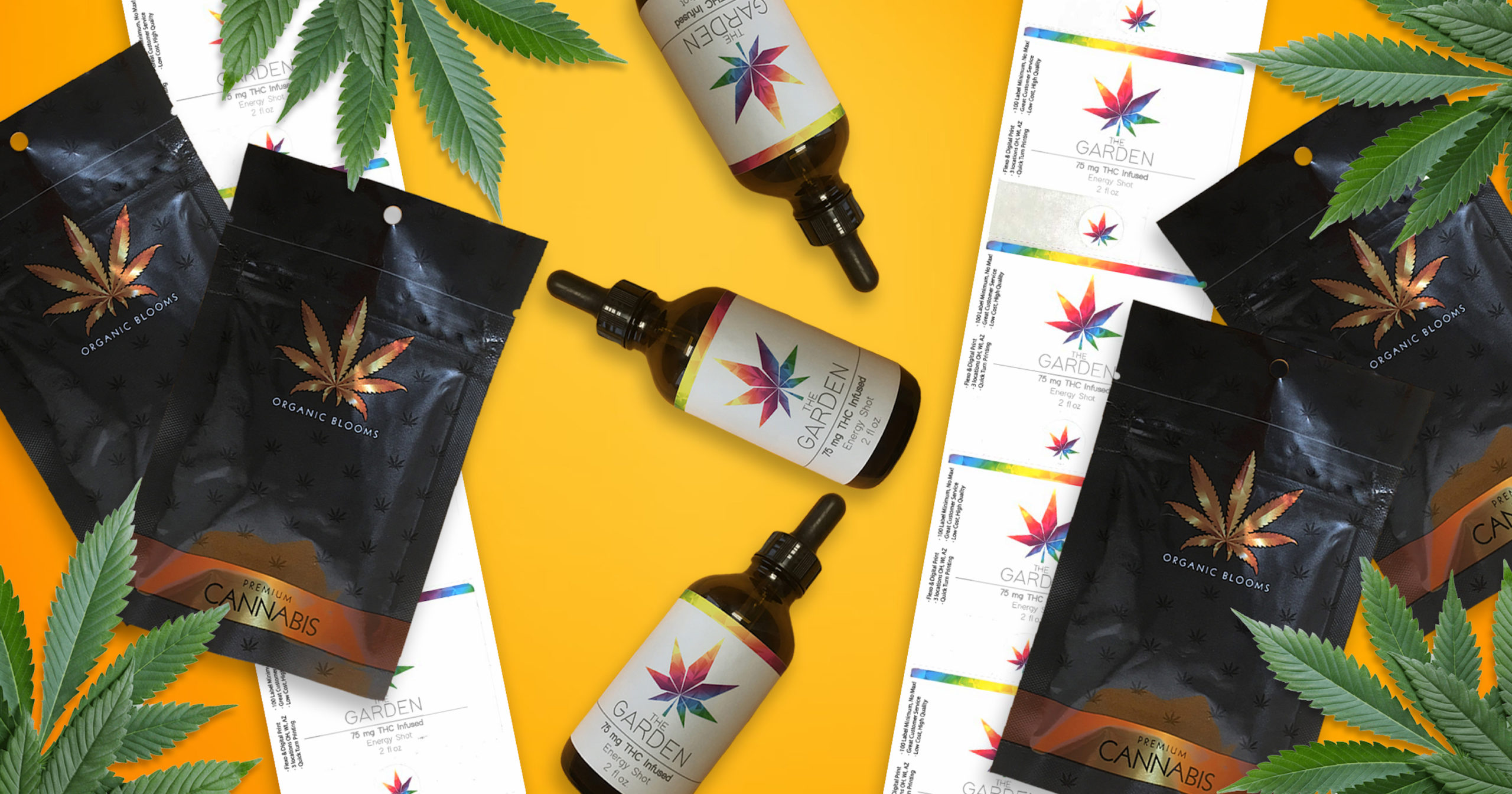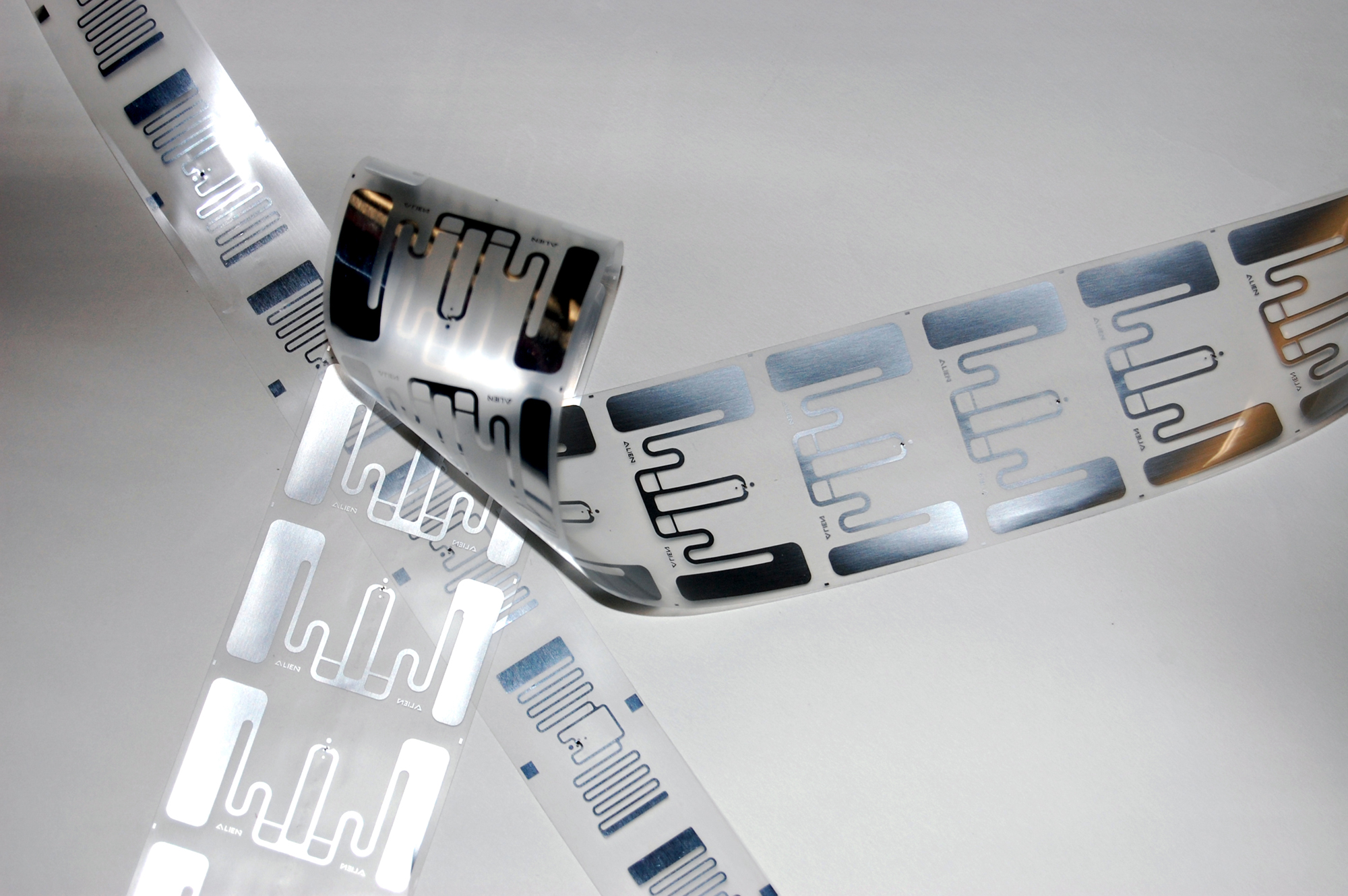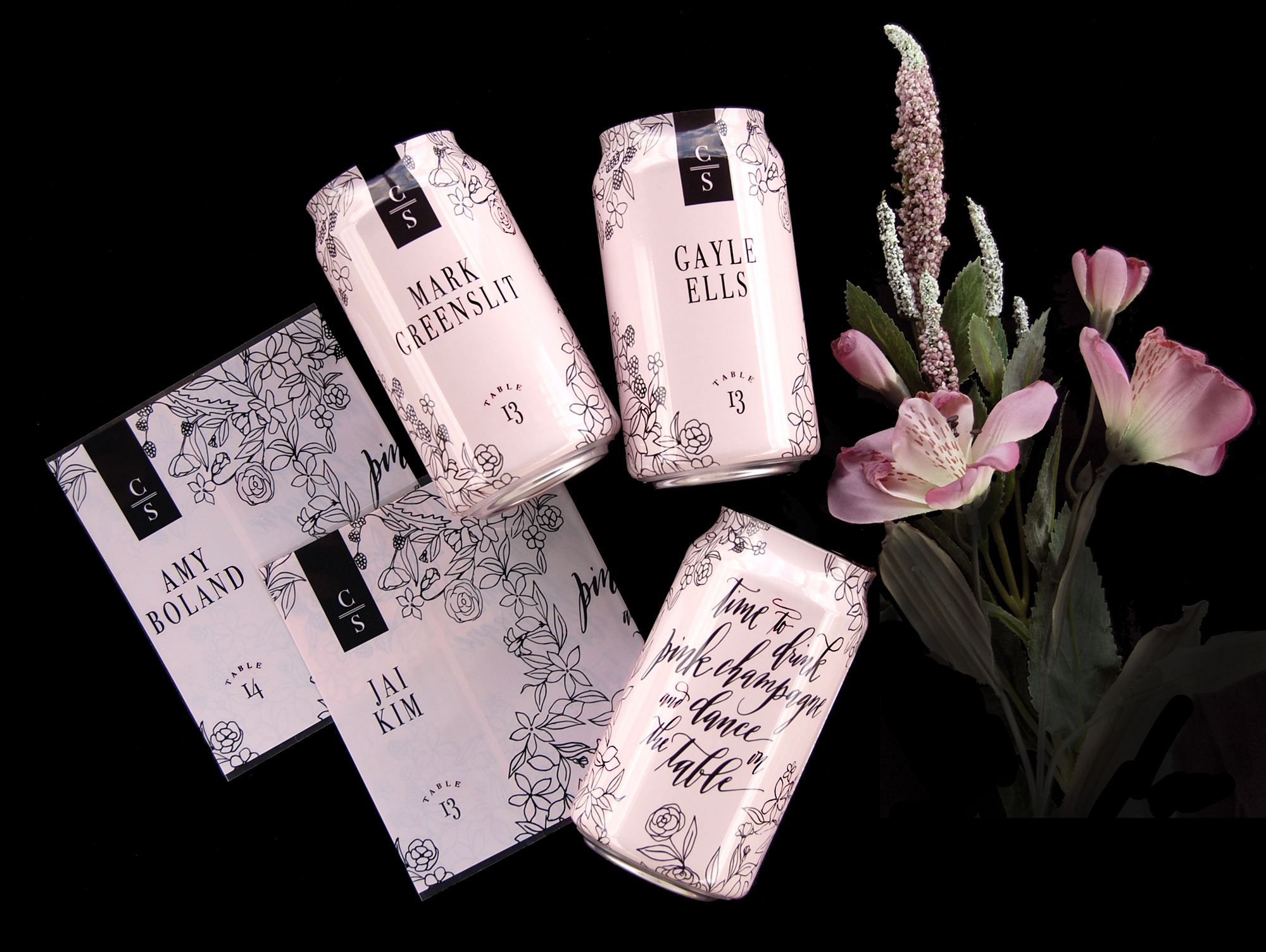The Value of Quality Labelling and Packaging for Cannabis Products
The Value of Quality Labeling and Packaging for Cannabis Products
As more states legalize the use of Cannabis – either for medicinal or recreational use — you need to be on the top of your game when it comes to labeling and packaging your cannabis products. An enticing packaging will draw your customers in while the label will provide essential information about your product at a glance. Safety is also a significant factor when it comes to marijuana, and the law requires that all products should be appropriately labeled and packaged.
Benefits of High-Quality Labels and Packaging for Cannabis Products
There are many benefits of investing in quality labels for cannabis products. Whether it’s edibles, medical marijuana, gummies, or brownies, a good label is a must. Here’s why:
Compliance with Regulations
The government has strict regulations and legal requirements for cannabis products. From sourcing to consumption, the products have to meet extremely high standards. As a producer, you need to adhere to the legal requirements when it comes to labeling cannabis products. Without compliance, you won’t manage to sell your products.
Depending on the state you operate from, the legal requirements may vary. One legal obligation for any cannabis product is the proper revelation of what’s inside the packaging. It’s also essential to display whether the product has any side effects, age restrictions, resale, or habit-forming capability. You also need to show the weight and chemical combination, such as the amount of THC and CBD. To achieve this, you need a label manufacturer that clearly understands the legal requirements for cannabis product labeling and packaging.
Proper Identification of Products
Obviously, the name of what the product is all about should be on the packaging. However, when it comes to hemp products, neither the label nor the packaging should be appealing to children. Depending on how strict a state is when it comes to labeling, some names that are common with other products may not work when it comes to cannabis labels. Therefore, it’s crucial to engage a cannabis label manufacturer who understands the law when it comes to the identification of weed products.
Safety Standards and Requirements
The law doesn’t take chances when it comes to the safety of cannabis products. It’s essential to label the composition of the contents clearly. When labeling, the package should be in an opaque container – a see-through packaging is a no go zone. Childproof packaging is a must when it comes to cannabis products. In some states, the packaging should be as difficult as possible for children, especially those below five years to open. To get an idea of the safety requirements for your product, check out the state’s laws specific to cannabis in your area.
Customized Labelling and Packaging
There’s no denying that the cannabis industry is thriving, and there’s cut-throat competition among the players. Going for customized labels will provide a company with a competitive edge. Unique designs customized bar wraps, sachets, or flat-bottom pouches will draw in the customers. The use of vibrant colors and designs on the packaging will attract buyers. Having a label manufacturer that can customize the product features to help you stand will work wonders for your brand and place ahead of the pack.
Better yet, customized cannabis labels will work magic when it comes to marketing. Through customization of the packaging, customers can quickly identify your brand. Having consistent logos and vibrant color schemes will draw the customers to your product. It provides the uniqueness necessary to capture and retain customers.
Qualities of a Good Labels for Cannabis Products
It’s critical to understand what to look for before settling for a particular label or packaging for your product. Knowing the value of proper labeling is one thing while implementing it is a whole different story. As you choose the ideal label for your product, keep the following in mind:
Clear Messaging
Complying to all that needs to be on the label can flop badly if you don’t display the message clearly and concisely. Ensure every letter and number is legible. With an experienced and versatile label manufacturer, this is easy to accomplish. Such a label maker will provide you with an appealing layout that will capture all the information and display it professionally.
Appealing Labels and Packaging
While compliance with the law when it comes to cannabis labels is a must, your tags don’t need to be boring. The cannabis labeling trends at the moment involve sharp colors and cool designs. The label manufacturer can incorporate decorative printing styles that will help your product stand out. Let your labels tell a story and communicate your brand’s personality to the customers. Eye-catching labels with sophisticated packaging will help your product sell out.
Flexibility in Label Designs
To achieve the best cannabis labels, open up your mind, and be flexible about the designs. Since the cannabis industry is still young, there are chances that the laws governing the players and hemp consumption may change from time to time. At times, a particular change in the law may lender your current labels and packaging styles obsolete. Therefore, you need a label manufacturer that can quickly adapt to the changes and customize the next batch to meet the changes in the law.
Where to Find the Right Cannabis Label Manufacturer
Now that you understand the value and qualities of good cannabis labels and packaging, you need to be cautious as you pick the right label manufacturer to match your needs. The label producer you partner with needs to be flexible, affordable, and in touch with the legal requirements of cannabis labeling.
At Repacorp Inc., we will help you create and customize your labels and packaging using modern technology and unrivaled creativity. Our digital label printers are fast and efficient to meet your needs. Some of the labeling and packaging options that we have cover vapors, topicals, edibles, drinks, tincture, and pre-roll tubes. We leverage RFID technology to provide clients with labels and tags that will save time and money.
Contact us today for customized cannabis labels to meet your needs.
Shrink Sleeve Guide
Shrink Sleeve Terms and Artwork Guide
If you are new to reselling shrink sleeves, chances are you are also new to the terms. Repacorp has put together a guide below to help you become a shrink sleeve pro in no time!
Slit Width is the total width of a shrink sleeve before it is seamed.
Cut Height is the total length of the sleeve.
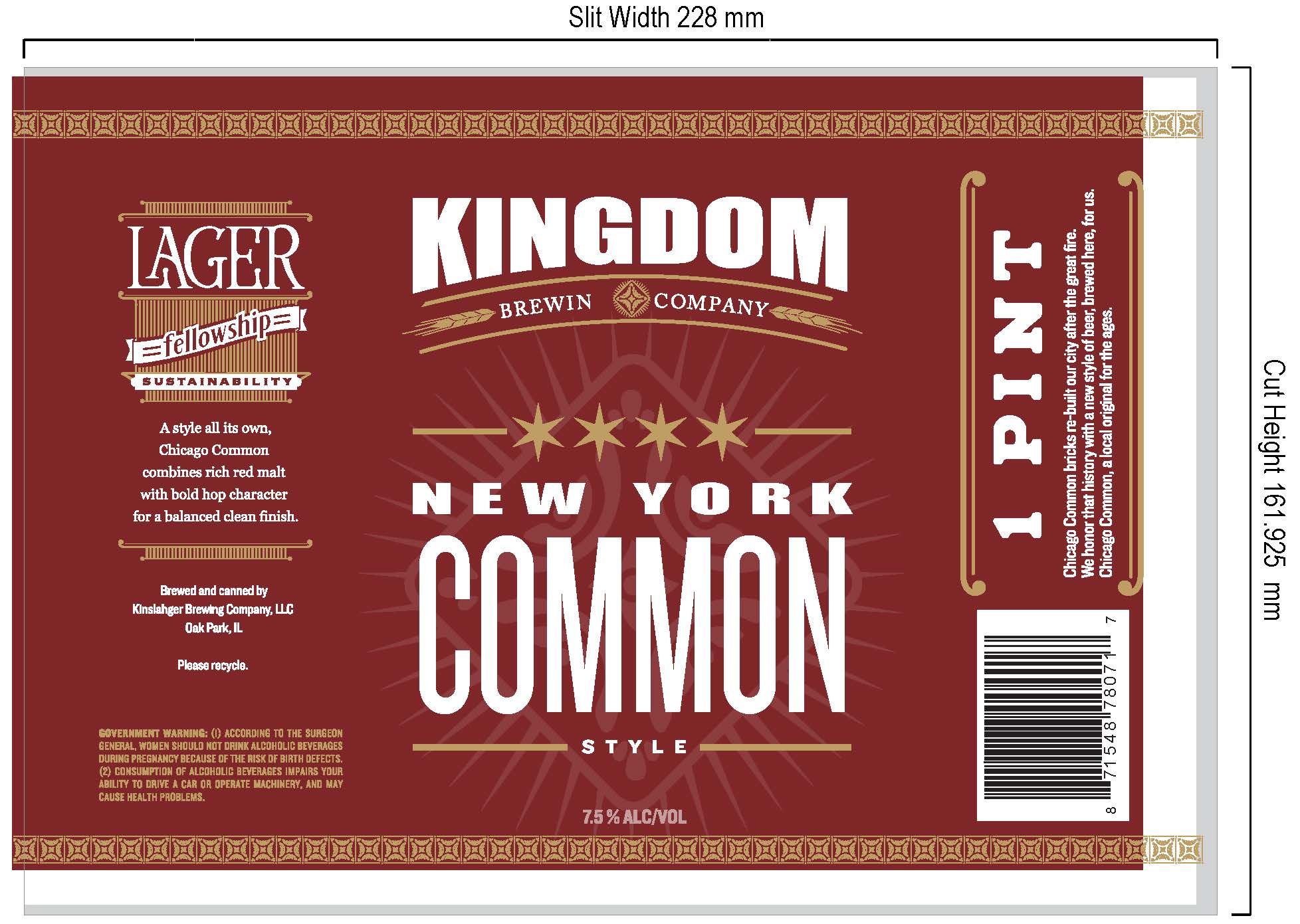
Lay Flat is the width of the seamed shrink sleeve or the width of the finished product, which is less than a half of slit width.
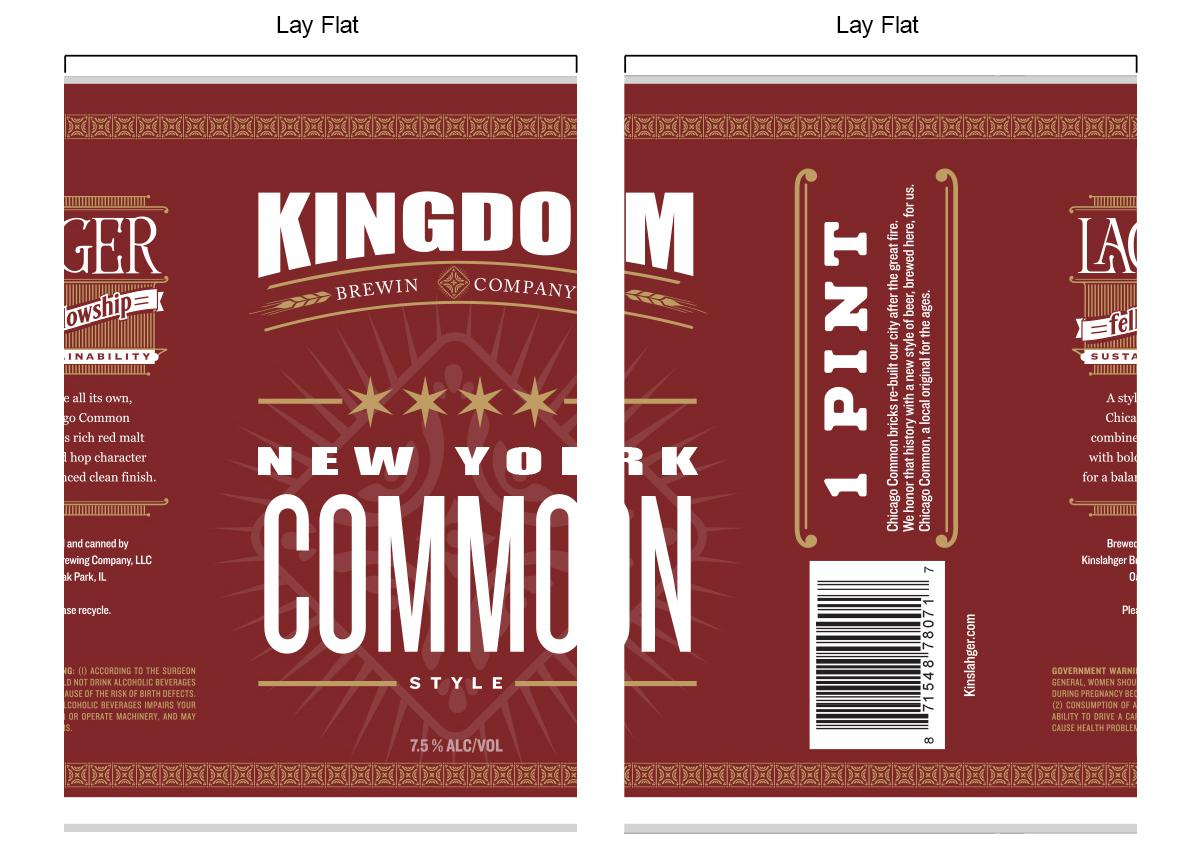
Generally, the print height is 4 mm less than the cut height, leaving 2 mm on the top and the bottoms of the shrink sleeves without printing. Similar, the print width is 4 mm less than the slit width to accommodate for seam.
***1 inch = 25.4 mm***
The formula to calculate the slit width, if unknown, is to measure the container’s circumference in millimeters, and add 13 mm. If unknown, the formula to calculate the lay flat is to take the slit width and subtract 8 mm, then divide by 2.
Slit Width = Container Circumference (mm) + 13 mm
Lay Flat = Slit Width – 8 mm / 2
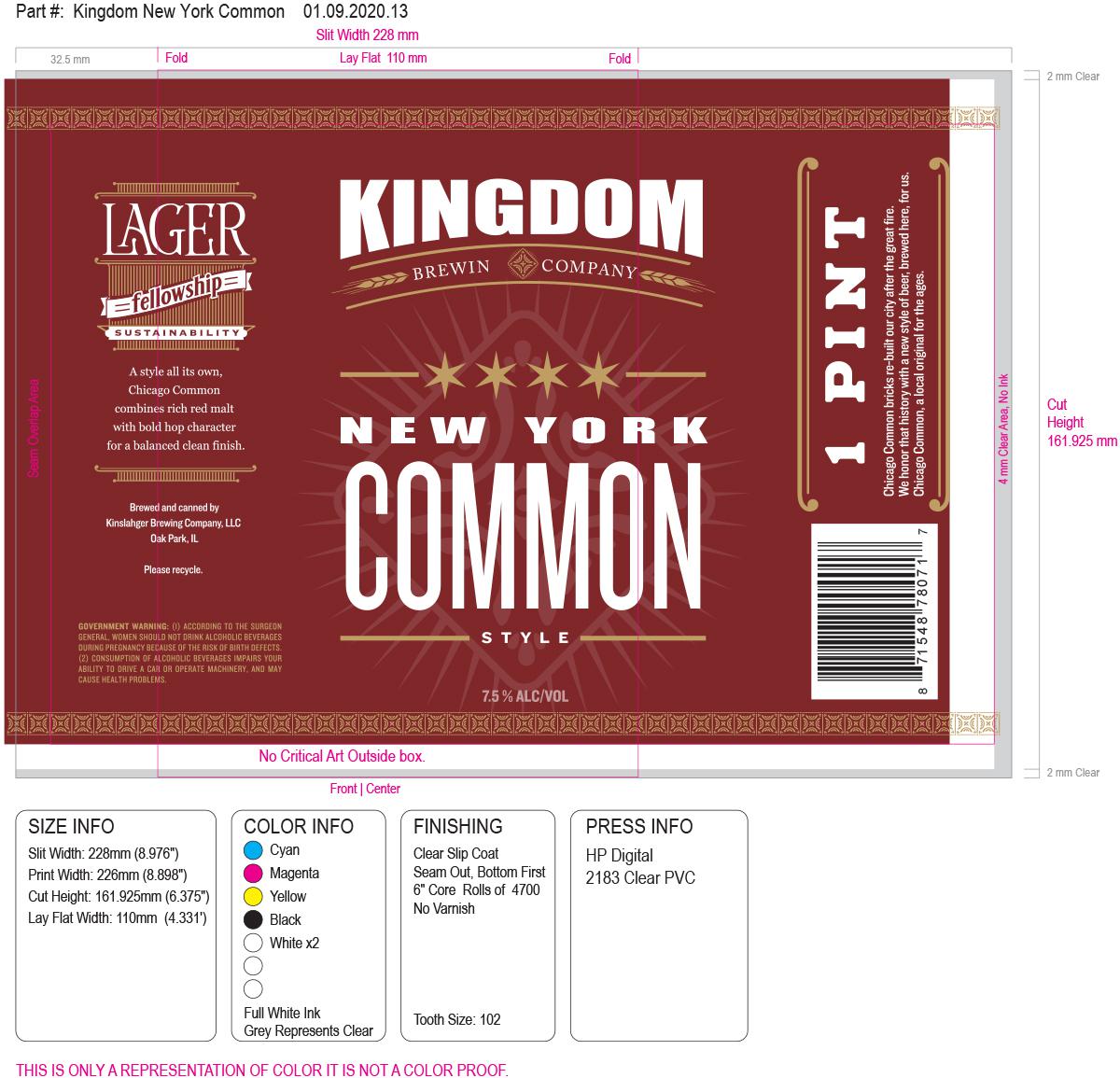
Detailed specifications & sizes should be included in the job. Artworks must fit the template provided by us, showing fold lines, seam area, and layout restrictions. As to ensure high-quality printing, all picture resolutions should be at least CMYK module 300 dpi at 1:1 size. Colors and their Pantone® numbers should be clearly labeled if it is necessary. Spot colors are best for matching specific colors. Printing colors will be matched accordingly to CMYK and spot color to Pantone® standards.
Critical Art Box is the area in which the sleeve will be flat against the container. The areas above and below this box will be on the bend of the container. The artwork can become distorted outside the critical art box, but it is at the customer’s discretion on whether or not to put art in those areas. The area to the left of the box can be lost during the seaming process.
Fold Lines indicate where the sleeve will be folded during seaming. It will be the front of the sleeve and some customers have very crucial fold line placement due to their container. Normally there is a fold 25 mm from the left-hand side of the sleeve, but can be adjusted if needed.
Slip Coat — the purpose of a slip coat is to:
- Help the sleeve slide onto the container without resistance
- Scratch resistance for the machinery auto-applying the sleeve. 99.9% of the time auto-applied roll sleeves require a slip coat. We offer a white slip coat, a clear slip coat, or a UV non-slip slip coat.
We finish sleeves on rolls or sheeted as flats. Roll sleeves can be finished on 5″, 6″, or 10″ cores. When sheeted in flats, we typically will chipboard and rubber band in stacks of 100 unless otherwise requested.
Barcodes — Repacorp strongly suggests barcodes be printed vertically on the sleeve, not horizontally. Depending on the shrinkage of the sleeve, the barcode’s bars can close when printed horizontally, causing the barcode to not scan correctly.
RFID - What to Know
What You Need to Know Before Talking to Your RFID Label and Tag Provider
Here is some information you should have before contacting a RFID label/tag provider. The answers to these questions will affect how your tag is designed.
What are the maximum and minimum dimensions of the tag?
This typically depends on what you are tagging and where the tag will be placed.
At what distances do you need to be able to read the tag?
How many tags do you need to read at a time and how long do you have to read them?
To what surface will you affix the tag?
The tag needs to be tuned to the surface, be it glass, wood, plastic, corrugated, etc.
Will the tag be flat or bent?
Once attached, will the tag ever need to be removed?
Is there a security requirement? That is if the tag is removed, does it need to stop working?
How are you going to encode (write data) your tags?
Typical methods include using an RFID printer/encoder, a high-speed label applicator, an RFID hand-held, or a stationary RFID reader.
Do you have to print anything on the tag?
If you are using an RFID printer/encoder or high-speed label applicator, what manufacturer/model are you using?
Your RFID tag provider needs to know what printer/encoder is being used because there are specific insertion specifications for each unit. The inlay has to be placed in the exact position on every label.
How long is the life cycle of the tag?
How long do you expect the tag to work? Do you need the tag to operate for only a year, 15 years, or some time in between? Remember, the wrong antenna materials can oxidize over time, leaving you with a dead tag.
Digital Innovation
Digital Innovation
- TRENDS IN LABELS AND PACKAGING
Packaging is the last media that can’t screen out. Brands and retailers are looking at packaging related campaigns to leverage social media to market their brand. They are turning away from ignored online ads and deleted emails, and turning to customized label and packaging campaigns to ignite social media buzz and lift sales long after the campaign is over. Brands are connecting the physical and digital worlds by linking Labels and packaging to valuable interactive digital and emotional experiences.
With Repacorp’s personalization software, you can provide your customers with an experience and personalization sought after by social currency. Make each package unique; support a cause, or have area artists submit artwork to print limited edition labels, shrink sleeves, and flexible packaging. We provide you with ultra-high quality 7-ink extended color gamut, and promotional opportunities to target the consumer, resulting in exciting social media postings that will grow your brand.
Strategic Versions:
Print multiple versions (SKUs), such as multiple team logos, different holidays, or different flavors. As long as you use the same material and size, we can change the designs within one print run.
Variable Content:
Use databases of numbers or names to print 4-color variable designs. Think of the Coke® campaign with different names on each can so that consumers “buy a friend a Coke”.
Randomized:
Use a database of graphics to print different characters on labels and packaging; create a database of cartoon characters. We can print the first character onto a package, then the next character is printed in the second package, and so on, creating sets of characters from which the consumer can choose to purchase—or to collect.
Hyper Customization:
Print a different design on each label, shrink sleeve, or pouch. Our algorithm tool can crop, rotate, expand, and mixes artwork to create limitless unique designs, all while keeping logos, and nutrition facts as static artwork.
Prototyping:
Print short runs and save on the cost of test groups! Test a variety of samples on the shelves; use different graphics, different languages, and test different colors to see what sells best in what location.
Augmented Reality:
Print a code that when snapped with a phone, interacts with your customer. Consumers purchase the product because it is “neat” and want to show their friends.
Invisible Yellow and Blue ElectroInks:
Print invisible yellow and blue inks that ignite color under a common UV black light. Print “speakeasy” graphics as promotional features. Our Invisible ElecroInks are also suitable as covert brand protection features.
Fluorescent Pink:
Stand out with a POP of shocking color. This pink pop of color is ideal for breast cancer awareness branding.

